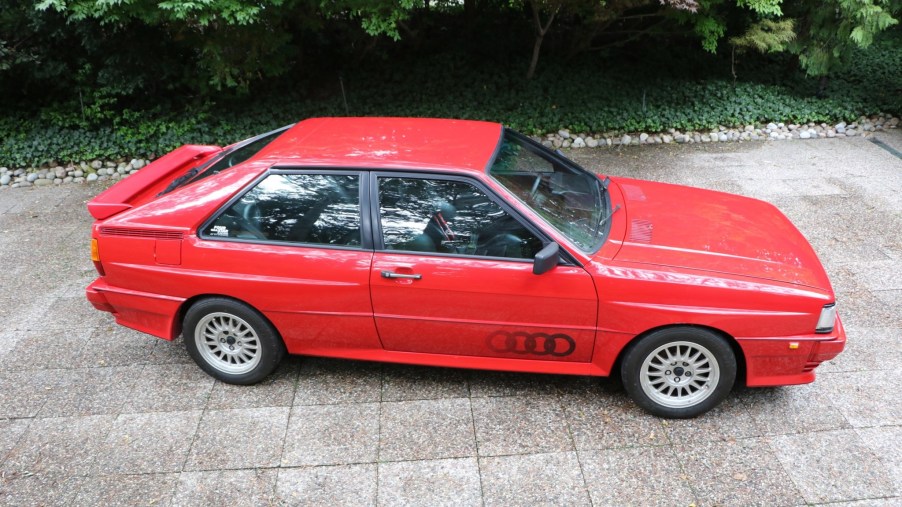
If You Like Your AWD SUV, You Should Thank the Audi Ur-Quattro
Today, it’s hard to find an SUV that doesn’t at least offer AWD. Although AWD isn’t invincible—especially in winter, when you should invest in good snow tires—it does help improve an SUV’s traction and acceleration. That matters for performance and luxury SUVs, especially ones made by Audi. It wasn’t an SUV, truck, or crossover that truly helped AWD spread—it was an Audi car. If you own an AWD SUV or crossover today, you have the Audi Ur-Quattro to thank.
What is the Audi Ur-Quattro?
Today, ‘Quattro’ is how Audi markets its AWD system. But before it was a term, it was a car.
In the mid-1970s, as Donut Media explains, Audi engineers were working on the Volkswagen Iltis, a 4WD off-roader for the German military. Think Mercedes G-Wagen, only VW. One Audi employee, Jörg Bensinger, noticed that the Iltis was a lot better at conquering rough terrain than Audi’s production cars. And, as Autoweek reports, since the Iltis was based on the contemporary Audi 80, Bensinger wanted to see if the sedan could accommodate the 4WD system.
Turns out, it could. After then-director Ferdinand Piëch allegedly took executives on high-speed grass and snow runs in prototypes, reports Hemmings, Audi approved the project. It was called ‘Quattro’, Italian for ‘four’, because of the 4WD. And to make sure it could perform in all kinds of conditions, Audi took it rallying.
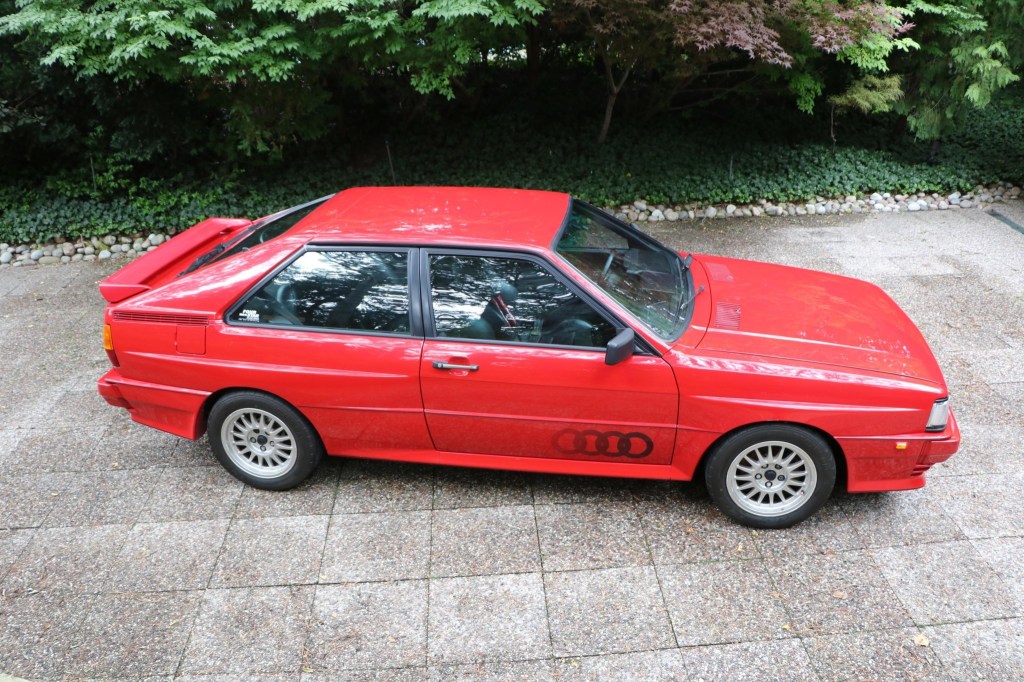
But to do so, as with the Mitsubishi Pajero Evolution, Audi needed to homologate the Quattro through sales. This was the Audi Ur-Quattro, or ‘first Quattro’, sold beginning in 1981. At first, Audi planned on only making 400. But as customers discovered the Ur-Quattro’s capabilities, demand grew. Especially when the rally Quattro started dominating the rally scene.
Why is the Audi Ur-Quattro significant?
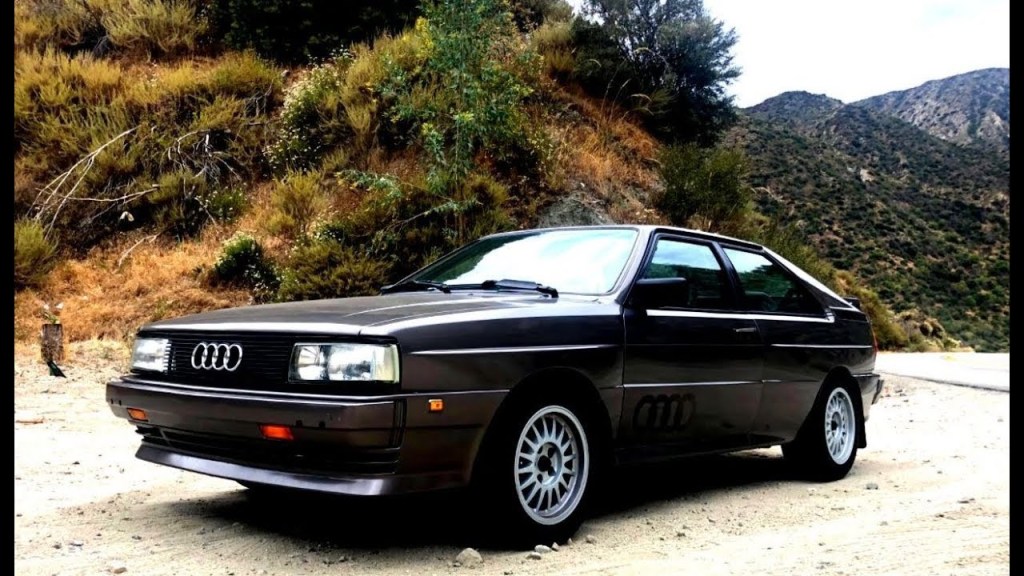
The production Audi Ur-Quattro wasn’t particularly fast: its 2.1-liter turbocharged five-cylinder engine made 197 hp and 210 lb-ft, which, together with a roughly 3000-lb curb weight, meant 0-60 in 7 seconds. But it was advanced, coming with four-wheel disc brakes, independent suspension, and the soon-to-be-famous AWD system.
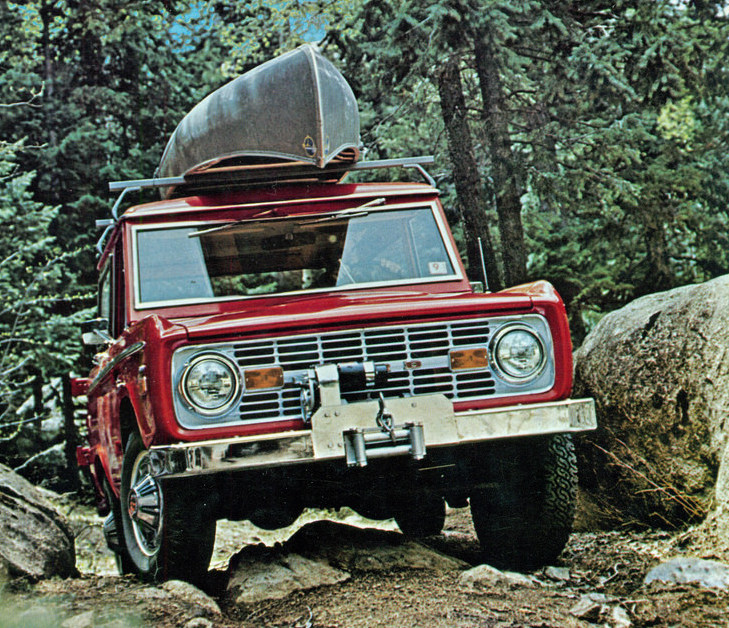
It’s at this point that AWD and 4WD truly began to split. Audi wasn’t the first to offer 4WD in a production vehicle. But up until this point, most 4WD vehicles were SUVs like the Range Rover, CJ Jeep, and Ford Bronco. Sure, they could crawl over rocks, but they weren’t rally racers, and their 4WD systems were large, complicated, and heavy. This was why no automaker had seriously considered making a rally car with 4WD. British automaker Jensen Motors had tried making a 4WD car, the Jensen FF, but it was expensive, troublesome, and again, clunky and unrefined.
But Bensinger’s AWD system, as The Globe and Mail and the Wyant Group, explain, removed the bulky transfer case, and replaced it with a much lighter and compact center differential. This new differential could be locked to improve traction, or it could split the engine’s torque equally between the front and rear wheels.
And it made the Audi Ur-Quattro dominate in WRC. Audi won the manufacturer’s championship in 1982 and 1984, with the factory driver Walter Röhl winning the driver’s championship in 1983. And in 1981, behind the wheel of an Ur-Quattro, Michèle Mouton became the first woman to win a WRC rally. The later Sport Quattro would compete in the infamous Group B category, and win the Pikes Peak Hill Climb 3 years in a row.
How did it lead to today’s AWD SUV?
After the Audi Ur-Quattro ended production in 1991, Audi spread its AWD system to other vehicles. First, it was the RS2 Avant, the ancestor to today’s fast Audi wagons. Audi then installed it in other cars and SUVs; today, even the cheapest Audi models, the A3 sedan and Q3 crossover, can be equipped with AWD.
The Ur-Quattro’s AWD made an almost immediate impact on rallying. By the time Group B was created in 1984, all the teams had switched to AWD. The Lancia 037 was the last RWD car to ever win the WRC championship, in 1983.
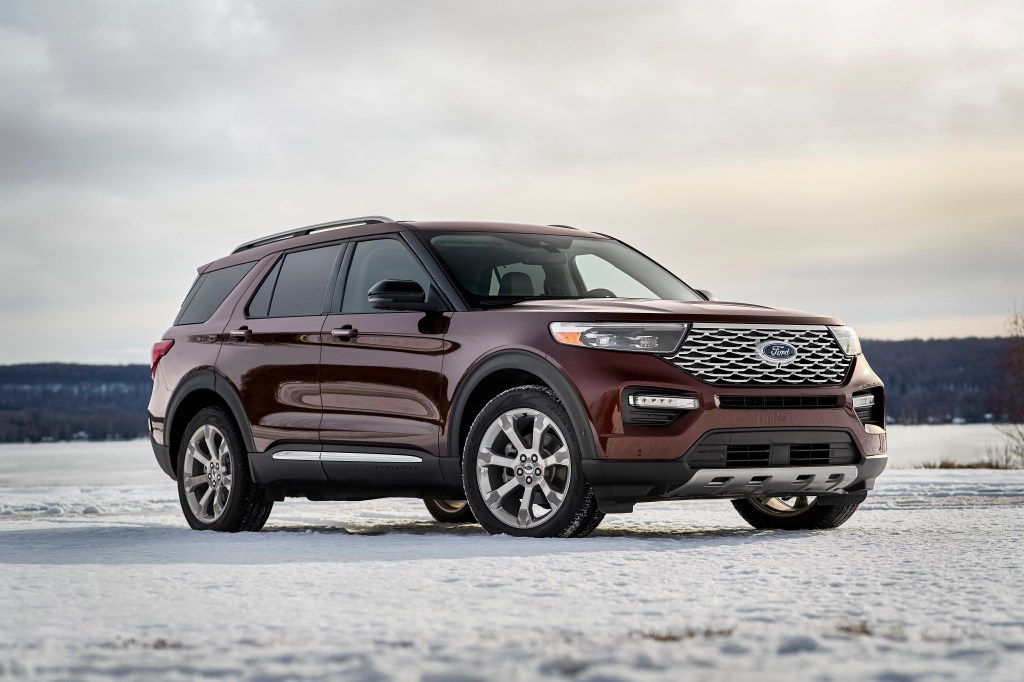
With every single manufacturer using AWD for racing, it meant the technology could eventually make its way to consumers. And it has. Today’s crossovers and SUVs use AWD systems that closely resemble the Audi Ur-Quattro’s, albeit with more sophisticated electronics. They still use a center differential that can lock or split power and torque between the front and rear.

It’s what helps even luxury SUVs like the Lamborghini Urus, Range Rover Evoque, and Rolls-Royce Cullinan genuinely go off-roading. It’s not a luxury feature anymore, either: there are plenty of affordable cars and SUVs that offer it. Subaru offers almost its entire range with AWD. Today, Motor1 reports, nearly a third of all vehicles sold new in the US were equipped with AWD or 4WD. And Carmax reported that AWD/4WD vehicles accounted for just over a quarter of its sales in 2018.
So, if you’ve got an AWD SUV in your driveway, you’ve got the Audi Ur-Quattro to thank.
Follow more updates from MotorBiscuit on our Facebook page.


